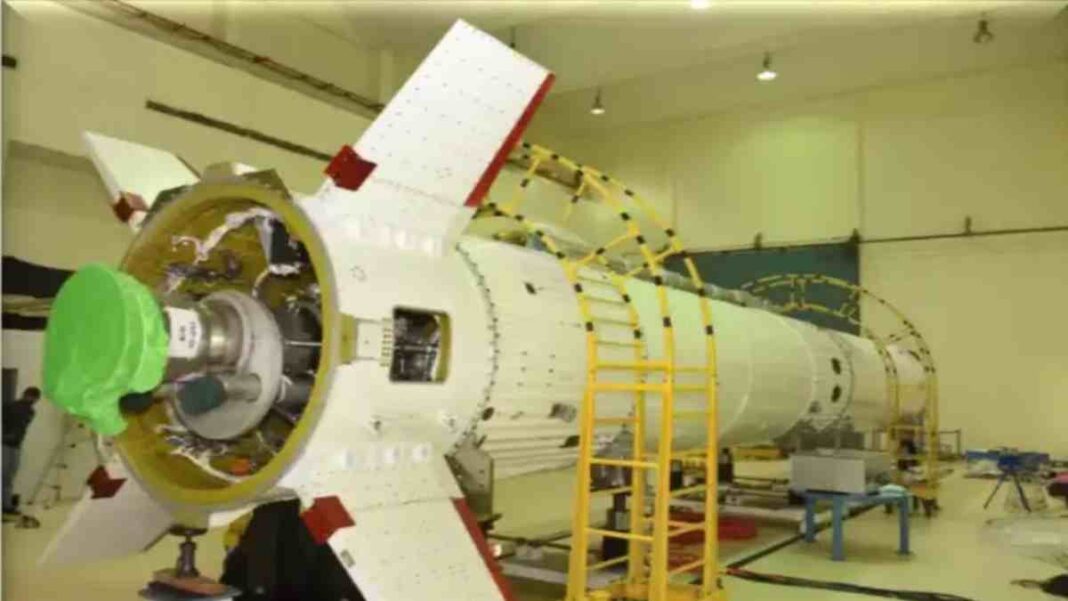INDIA: As the Indian Space Research Organisation (ISRO) continues to design and test technology for India’s first human space flight, the Gaganyaan mission has once again been delayed. The Gaganyaan mission’s launch date is set for the fourth quarter of 2024.
According to Dr. Jitendra Singh, minister of science and technology, India’s first human space flight, or “H1” mission, is planned to launch in the fourth quarter of 2024. “The crew’s safety is of the utmost importance,” the minister stated in a written response.
Before the “H1” mission, two Test Vehicle missions are scheduled to show how well the crew escape system and the parachute-based deceleration system function in various flight scenarios, according to Dr. Jitendra Singh.
According to him, the uncrewed “G1” mission is planned to launch in the last quarter of 2023, followed by the “G2” mission in the second quarter of 2024, and the “H1” mission, the last human space flight in the fourth quarter of 2024.
The minister further said, “The Gaganyaan program’s ‘G1’ mission’s first crewless flight aims to evaluate the effectiveness of the human-rated launch vehicle, the propulsion system for the orbital module, mission control, the communication system, and recovery procedures. A humanoid will be the mission’s payload.”
The astronauts, who were chosen from the Indian Air Force, are currently training in Bengaluru for their specific missions.
The first semester of training for the astronaut designate has already been completed.
During this time, they took course modules on theoretical foundations, space medicine, launch vehicles, spacecraft systems, and ground support infrastructure.
“The crew training program also includes regular physical fitness activities, aeromedical training, and practice flying. The associated evaluation and assessment activities have also been completed. Currently in its second semester, crew training, “the minister remarked.
The Integrated Main Parachute Airdrop Test (IMAT) of ISRO’S crew module deceleration system was carried out in November of this year.
An IL-76 aircraft from the Indian Air Force carried a 5-ton dummy mass—equivalent to the Crew module mass—to a height of 2.5 kilometres before dropping it as part of a test at the Babina Field Fire Range (BFFR) in the Jhansi district of Uttar Pradesh.
In the test, one primary parachute failed to release, simulating a rare circumstance.
As ISRO concentrates on developing the mechanism to launch and land Indians on missions to space, experts have already predicted that the mission would likely be delayed by another two years.
Initially, the 2022 debut of Gaganyaan was intended to commemorate India’s 75th anniversary of independence.
However, the COVID-19 pandemic and subsequent lockdowns caused many setbacks.
Also Read: ISRO Successfully Tests Parachute System for the Gaganyaan Project



